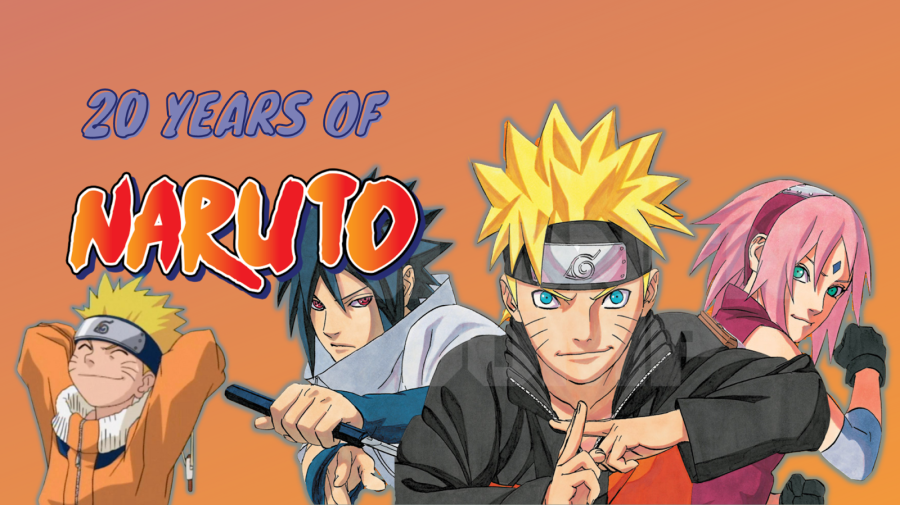
Even if you’re an anime fan or avid manga reader, you might be surprised to learn that Naruto, the beloved anime series based on the manga series written and illustrated by Masashi Kishimoto, turns 20 this year. Even the popular sequel series, Naruto Shippuden, first aired 15 years ago.
Still, it seems like just yesterday that the ramen-loving ninja dashed onto our screens. While Naruto had a real breakout moment in both Japan and the United States, it wasn’t just a trendy fandom. It has real staying power. In fact, the manga has an astounding 250 million copies in circulation worldwide, across 47 countries and regions. And, between the original series and Shippuden, the world of Naruto Uzumaki has given us over 700 action-packed episodes.
From taking a look at its origins to exploring its enduring cultural impact, we’re paying homage to Naruto as it turns 20 — and pointing you in the direction of where you can watch (or read) it today.
The Origins of Naruto
Based on Masashi Kishimoto’s 1999 manga of the same name, Naruto first aired in Japan in 2002. At the series’ onset, Naruto is a young, undisciplined and carefree boy whose greatest dream is to become his village’s leader, or Hokage.
The only problem? For much of his life, Naruto has been exiled by his peers; years ago, a Nine-Tailed Demon Fox attacked the village and nearly destroyed it — that is, until said demon was sealed away in Naruto’s body. Naruto believes that if he becomes the very best shinobi, and attains that Hokage title, his fellow villagers will accept him.
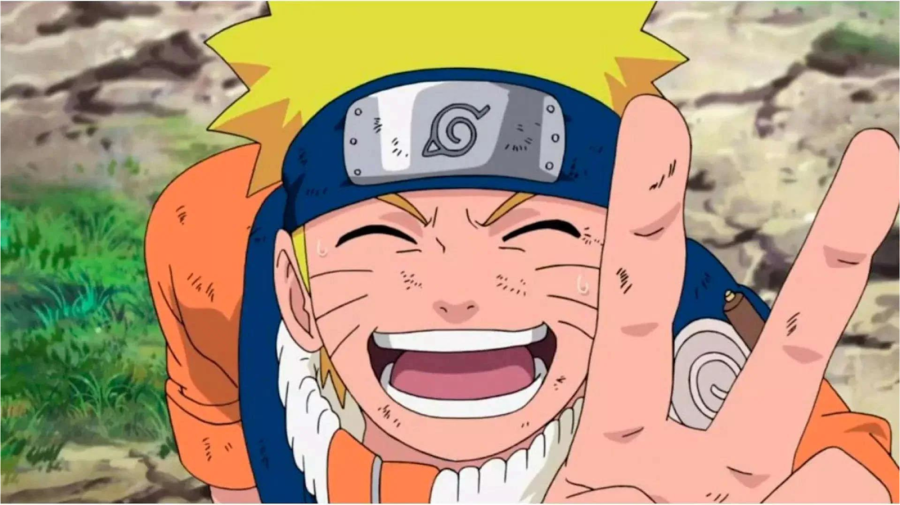
While a dubbed version of Naruto didn’t make it to the U.S. until 2005, the series has since grown into a worldwide phenomenon. In fact, it’s one of the most popular anime series in the world. The results of one global survey show that Naruto was the fan favorite of an impressive 43.3% of respondents, with Pokémon coming in second with just 18.2% of the vote.
And although Naruto ended its run in 2007, Naruto: Shippuden, which follows the second part of the manga, replaced its TV slot pretty quickly. Set two and a half years after the original series left off, the sequel series ran for a decade and produced over 500 episodes.
What Is Naruto About?
To really understand the widespread appeal of Naruto and Naruto Shippuden, it’s important to look back at the storyline, which unfolded over more than a decade. While the series doesn’t always present the story arcs in chronological order, it does lean into a common anime narrative device — that is, telling season-wide arcs, instead of just one-off stories that can be wrapped up in 30 minutes.
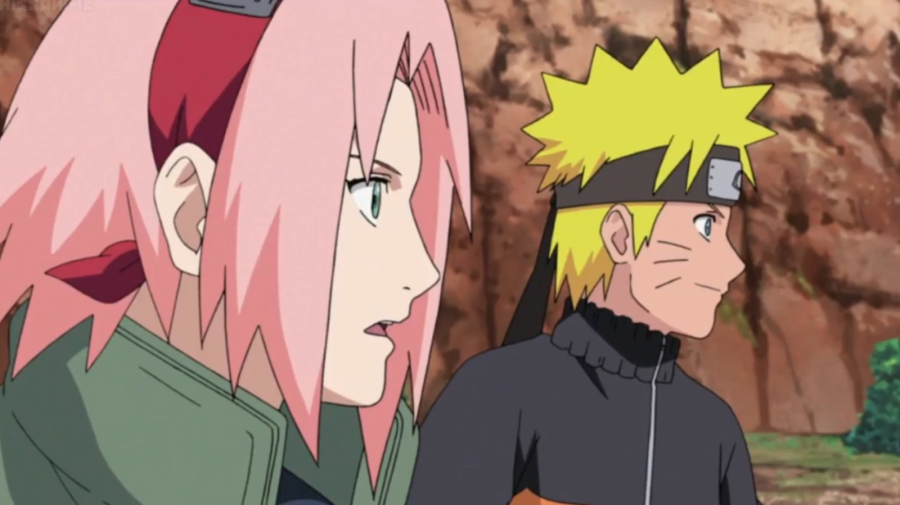
As we mentioned, Naruto Uzumaki is a young ninja-in-training. In the world of the Shinobi there are five territories, each of which has its own trademark element. Another commonality? They have a penchant for war — wars that rely on the ninjas they train in hidden villages. Each young warrior-in-training is taught to harness their unique abilities, including the art of Jutsu, which requires them to mold their chakra into various techniques.
But Naruto’s tale (and tail, for that matter) has roots in the beginnings of the Shinobi world. According to legend, there was once a powerful God Tree that grew forbidden fruit; a woman named Kaguya Ōtsutsuki dared to eat the fruit and, although it made her incredibly powerful, things went awry. Soon enough, she embraced evil and became a beast known as the Ten Tails. In order to stop her, Kaguya’s sons separated her into 10 parts, each of which was sealed away in the bodies of 10 guardians.
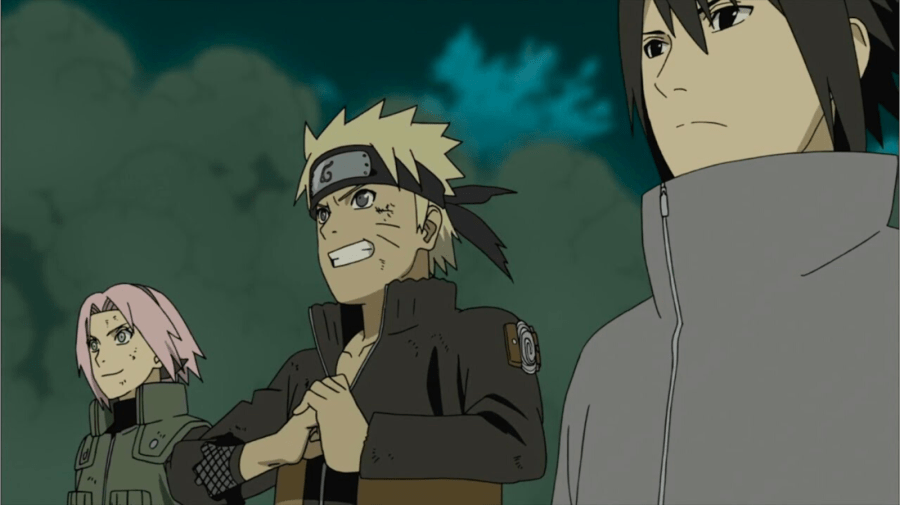
As fate would have it, Naruto’s mother was one such guardian. While giving birth to Naruto, her portion of the demon escaped and wreaked havoc on the village. In the end, Naruto’s parents were forced to seal the demon inside their newborn son — though they both died in the process.
As a kid, Naruto remained unaware of the power inside him, but he was an outcast, namely because the villagers associated him with the destruction that occurred on the night of his birth. While he’s a bit of a troublemaker at first, Naruto also has a heart of gold and more than enough determination to achieve his dreams and take down the big bads. Besides, an outsider story always hits right; we can’t help but root for the underdog — er, fox?
The Cultural Impact of Naruto and Naruto: Shippuden
Not only did Naruto pick up where shows like Dragon Ball Z and Pokémon left off — in terms of helping anime establish a more broad, international appeal — but the series also had a huge impact on the Shōnen genre of manga. Typically, Shōnen is marketed toward young men and boys; it puts an emphasis on action and often gives you the ol’ good vs. evil set-up.
But Naruto veered away from archetypal characters and that tried-and-true sense of storytelling. While the fight scenes remain epic in that classically Shōnen way, there’s a lot more gray area in the series. Characters’ motivations feel more nuanced or, in the least, complicated by trauma; we may not agree with a character’s actions (ahem, Sasuke…), but we can see where they’re coming from, or what led them to their choices.
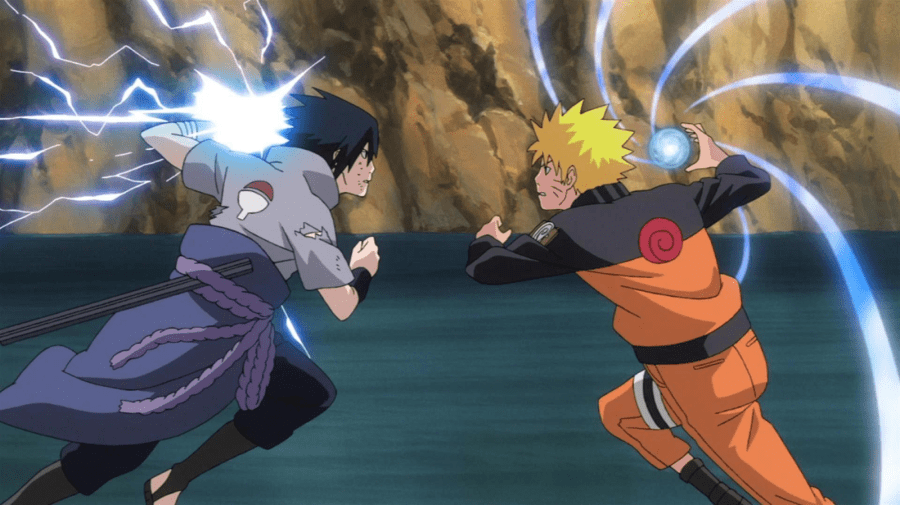
Giving a much-needed texture to a series that could’ve boiled down to “ninja fighting” has given Naruto a lasting impact, and garnered the series a massive and passionate fanbase. Fellow hit TV shows, like The Simpsons and Adventure Time, have made reference to Naruto; the series has even impacted the writing of folks in the hip-hop community, with popular and up-and-coming musicians alike referencing this beloved world.
And, of course, there’s the world of memes. When it comes to this show, the most well-known is probably the “Naruto Run,” which pokes fun at Naruto’s unique style of running. Look, maybe stretching your hands out behind you helps you in a way only ninja understand, but, regardless, the trend caught fire on YouTube, leading to fans all over the world banding together to stage large-scale Naruto runs.
From the original manga and anime series to a slew of mobile games and video games, Naruto has turned out to be nothing short of a global phenomenon. While anime and manga may have once been less mainstream outside of Japan, the storytelling styles have gained such pop culture relevance thanks, in part, to series like Naruto. It’s hard to put a finger on, but something about the plucky orphan ninja managed to make fans of us all.
Where to Watch Naruto and Naruto Shippuden
Whether you’re a long-time fan looking to indulge in a bit of nostalgia or a newcomer who was recently sold on getting in on the action for the first time, there are plenty of ways to watch Naruto and Shippuden.
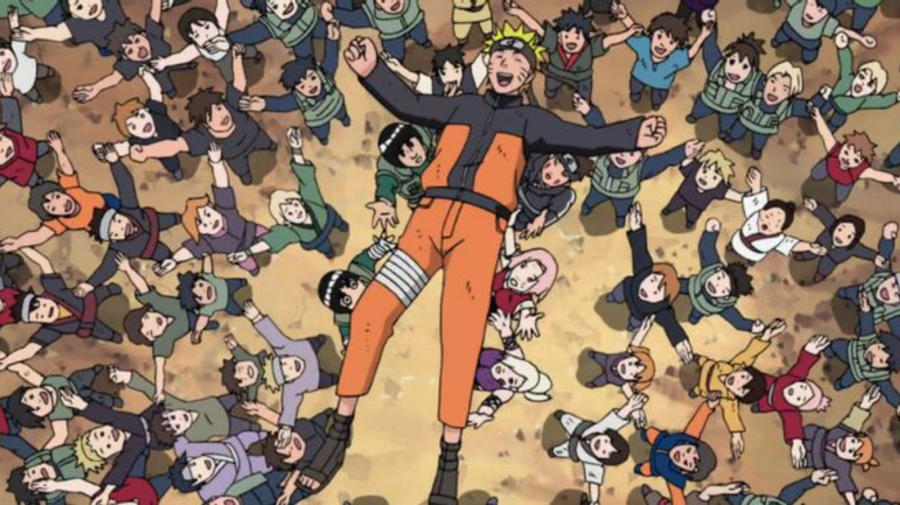
As of June 2022, both Netflix and Hulu are currently streaming the anime series; it’s also available for purchase on Amazon Prime. Then, of course, Crunchyroll is also an option — an option that comes with all the perks of having access to the largest anime streaming library in the world.
If you’ve already watched all 700+ episodes of the shows as well as the Naruto movies, don’t fret. Boruto: Naruto Next Generations follows the adventures of Naruto’s son, ensuring that the show’s legacy — much like the character’s — lives on.






